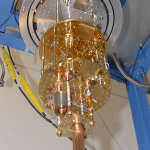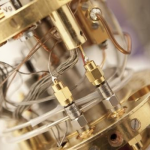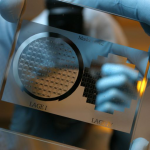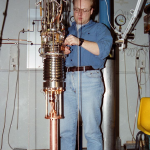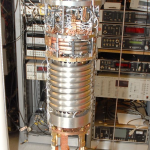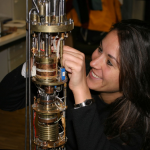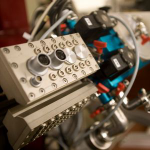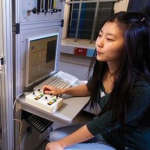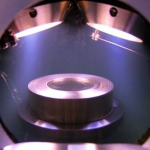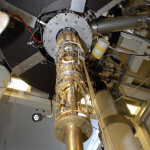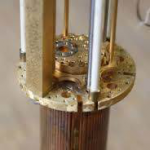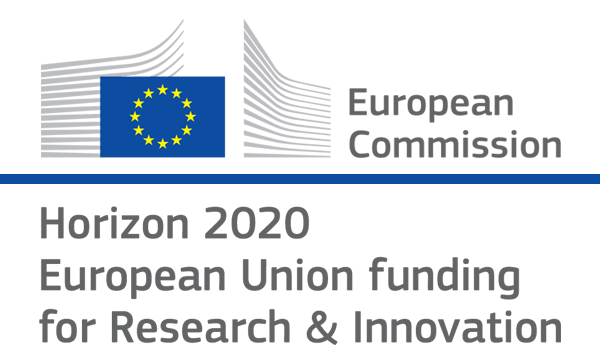

- Photon Transport in a Bose-Hubbard Chain of Superconducting Artificial Atoms
G. P. Fedorov et al., Phys. Rev. Lett. 126, 180503 (2021) - Path-Dependent Supercooling of the
He3 Superfluid A-B Transition
Dmytro Lotnyk et al., Phys. Rev. Lett. 126, 215301 (2021) - Superconductivity in an extreme strange metal
D. H. Nguyen et al., Nat Commun 12, 4341 (2021) - High-Q Silicon Nitride Drum Resonators Strongly Coupled to Gates
Xin Zhou et al., Nano Lett. 21, 5738-5744 (2021) - Measurement of the 229Th isomer energy with a magnetic micro-calorimeter
T. Sikorsky et al., Phys. Rev. Lett. 125 (2020) 142503
Fragility of surface states in topological superfluid 3He
P. J. Heikkinen, A. Casey, L. V. Levitin, X. Rojas, A. Vorontsov, P. Sharma, N. Zhelev, J. M. Parpia, and J. SaundersSuperfluid 3He, with unconventional spin-triplet p-wave pairing, provides a model system for topological superconductors, which have attracted significant interest through potential applications in topologically protected quantum computing. In topological insulators and quantum Hall systems, the surface/edge states, arising from bulk-surface correspondence and the momentum space topology of the band structure, are robust. Here we demonstrate that in topological superfluids and superconductors the surface Andreev bound states, which depend on the momentum space topology of the emergent order parameter, are fragile with respect to the details of surface scattering. We confine superfluid 3He within a cavity of height D comparable to the Cooper pair diameter ξ0. We precisely determine the superfluid transition temperature Tc and the suppression of the superfluid energy gap, for different scattering conditions tuned in situ, and compare to the predictions of quasiclassical theory. We discover that surface magnetic scattering leads to unexpectedly large suppression of Tc, corresponding to an increased density of low energy bound states.
Nat Commun 12, 1574 (2021)
doi: 10.1038/s41467-021-21831-y
arxiv: https://arxiv.org/abs/1909.04210
supplemental material: https://doi.org/10.17637/rh.12777620

